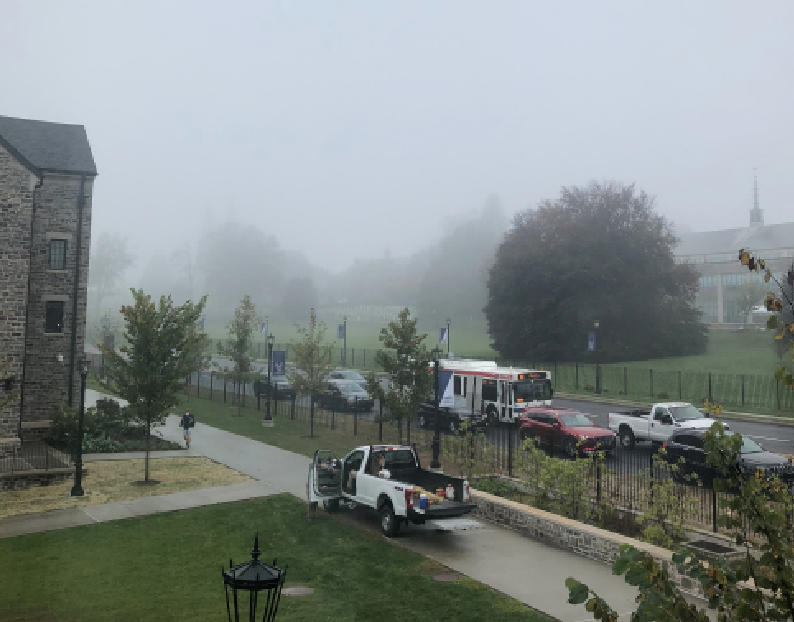Lancaster Avenue: The ‘Stroad’ Responsible for Holding Bryn Mawr Back from Success
Lancaster Avenue: The ‘Stroad’ Responsible for Holding Bryn Mawr Back from Success
October 28, 2020
If you are a student at the University, chances are that you have made the mile-long walk to downtown Bryn Mawr. Take a second to reflect upon how you felt while you were making that walk. Did you feel safe? If you ask me, I think it is only a matter of time before a sophomore gets bonked by a Toyota Corolla.
Lancaster Avenue jets into the middle of downtown Bryn Mawr and is designed as if its sole function is the movement of automobiles. Bryn Mawr has the potential to be a “fun college town” with a vibrant, sustainable economy. In order for it to get there, its main street must become more walkable.
There is a great importance in distinguishing a great American street and a high-performance roadway. The function of a street is to grow the complex ecosystem of businesses and homes that produces community wealth. In these environments, people (outside of their automobiles) are the indicator of success. Successful streets are environments where humans and human interaction flourish. In contrast, the function of a road is to connect productive places to one another.
Designing streets as if they were roads creates three fundamental and interrelated problems.
First, it’s expensive. From engineering to asphalt, there is a tremendous amount of investment needed to maintain overbuilt streets. Poorly designed streets suppress demand for biking and walking and actually induce more demand for transportation spending.
Second, poorly designed streets drive down taxpayers’ return on investment. The more auto-oriented a development pattern is, the higher the cost to provide public services and the lower the value per acre.
Third, designing streets as if they were roads is not safe. These environments combine fast speeds with randomness and complexity, a condition unsafe for drivers and particularly unsafe for pedestrians.
Lancaster Avenue is a ‘stroad,’ which is a hybrid of a street and a road. Much like a futon, it tries to do two things at once and is forced to compromise on both. A stroad tries to move cars quickly along a corridor of a community. The result is expensive infrastructure serving low-returning properties. A stroad is the worst kind of transportation investment yet, they plague much of the American landscape. This is because of the way transportation professionals approach street construction. The design model for a stroad emphasizes the importance of speed, volume, safety and cost. The order of these values works well for roads, but it is the inverse of what is needed to build a safe, productive street.
Incrementally shifting Lancaster Avenue to become less of a stroad and more of a street will make Bryn Mawr a successful, vibrant downtown. Bike lanes and street trees are simple design tactics that will help accomplish this. It is clear that building lower cost, higher returning streets will improve the quality of life for Bryn Mawr citizens and University students. While everyone is a pedestrian, not everyone is a driver.










